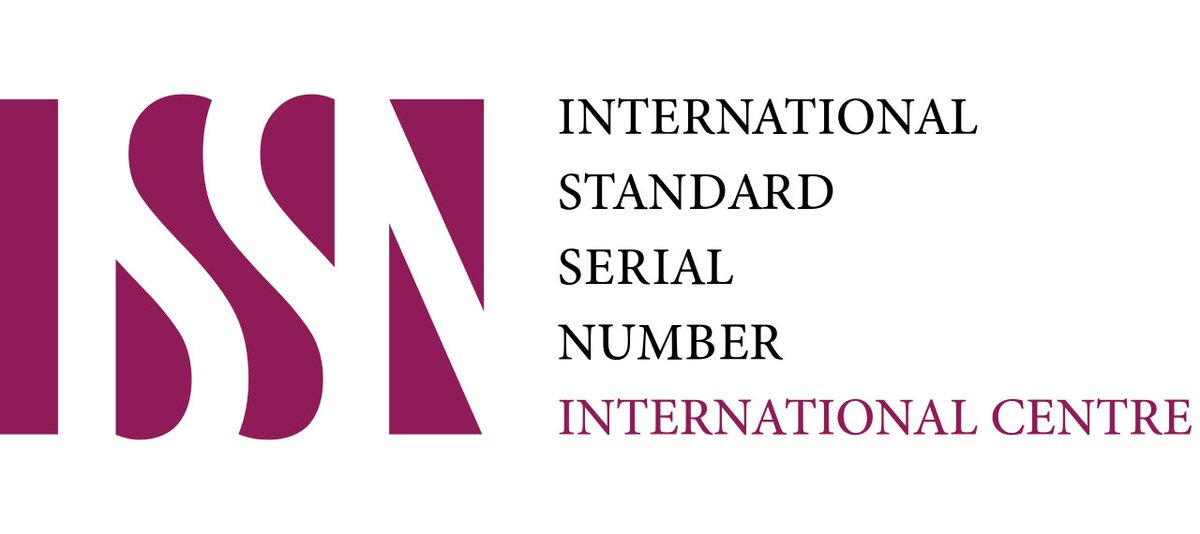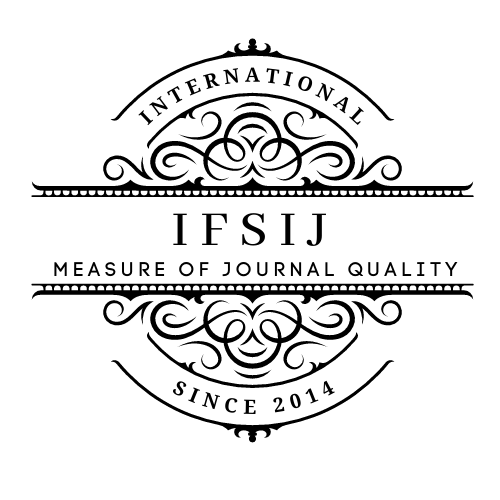FEATURES OF CYTOKINE PROFILE OF BLOOD SERUM IN CHRONIC KIDNEY DISEASE IN CHILDREN
Keywords:
Cytokines, chronic kidney disease, children.Abstract
Objective: to study the diagnostic and prognostic significance of determining the cytokine status of blood serum in children with various nosological forms of kidney disease. Patients And Methods. We observed 255 children with various kidney diseases [with urolithiasis (UL) - 16, with inflammatory kidney diseases (IKD) - 174, with glomerulopathies (GN) - 65]. In all groups of subjects, children with stage 1 and 2 CKD predominated (100, 97.5 and 95.4%, respectively). The control group consisted of 50 practically healthy children. All subjects were tested for serum levels of TNF-α, TNF-RI and TNF-RII, IL-10, TGF-β1 and TGF-β3, IL-2, IL-2-SR). Results. Increased serum TNF-α levels can be considered a highly specific marker of acute pyelonephritis chronization, while decreased TNF-RII concentrations can be considered indicators of complete clinical and laboratory remission of pyelonephritis. Increased TNF-α and TNF-RI can also be considered a marker of autoimmune inflammation. Deficiency of IL-2, IL-10, and TGF-β3 with increased IL-2 R in the blood should be used as a marker of inflammatory and autoimmune kidney diseases, and increased TGF-β1 as an early marker of nephrosclerosis development, especially in patients with glomerulonephritis. A more than 4-fold increase in TNF-α/IL-10 makes it possible to position it as an additional diagnostic criterion for the inflammatory and autoimmune process in the kidneys. Increased urinary excretion of TNF-α against the background of decreased IL-10 with the maintenance of stably high concentrations of TGF-β1 is a marker of inflammation and fibrosis in inflammatory kidney diseases and glomerulonephritis. Timely nephroprotective therapy aimed at inhibiting the progression of CKD and its complications should also include modulation of the cytokine status.
Downloads
Published
Issue
Section
License

This work is licensed under a Creative Commons Attribution-NonCommercial-NoDerivatives 4.0 International License.















